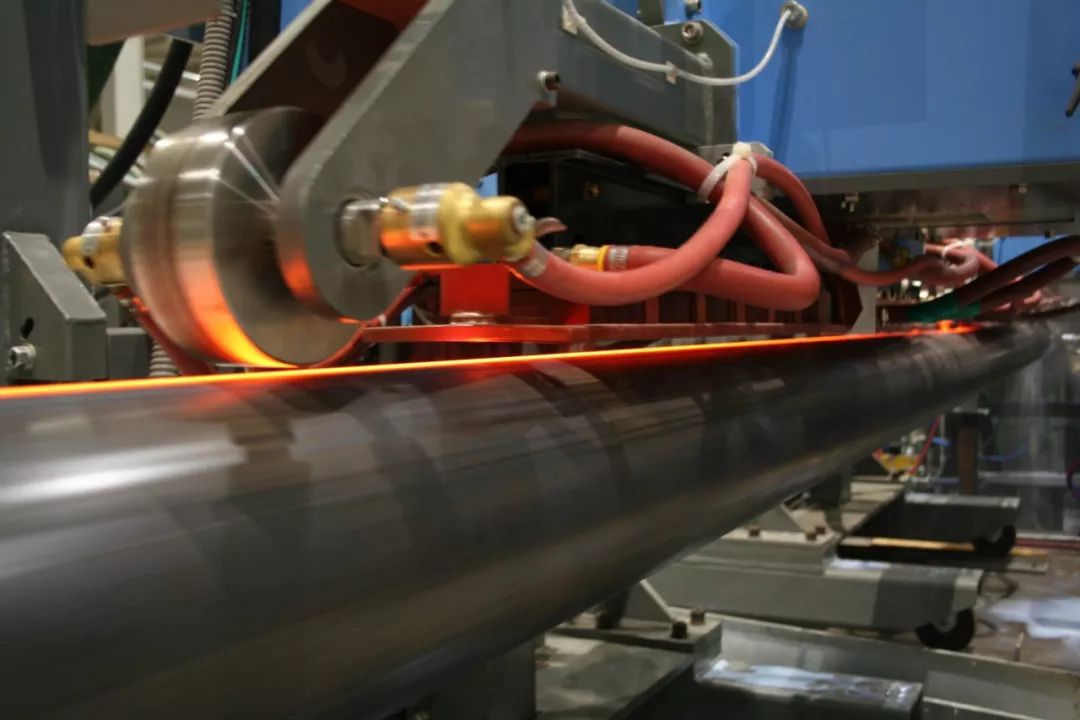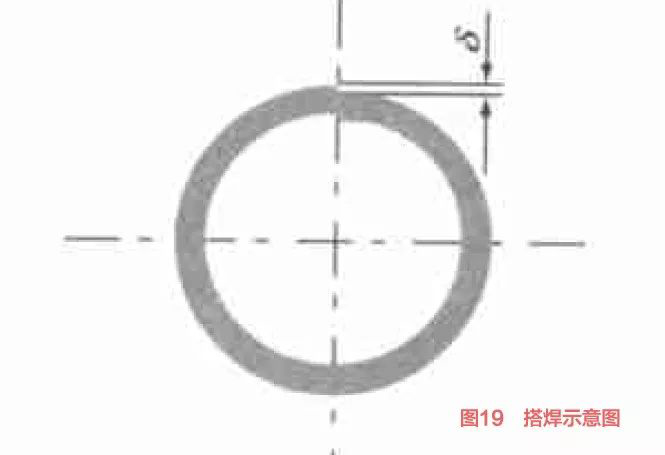The solution to the asymmetry of the open tube in the process of used welded pipe machine
- Sort:Information
- Auth:
- Source:
- Release time:2023-04-23 11:30
- Pvs:
【概要描述】There are various manifestations of tube asymmetry when used welded pipe machine is making tubes. The common ones are asymmetric bending arc at the edge of the tube blank, unequal edge height and tube asymmetric to the circle.
The solution to the asymmetry of the open tube in the process of used welded pipe machine
【概要描述】There are various manifestations of tube asymmetry when used welded pipe machine is making tubes. The common ones are asymmetric bending arc at the edge of the tube blank, unequal edge height and tube asymmetric to the circle.
- Sort:Information
- Auth:
- Source:
- Release time:2023-04-23 11:30
- Pvs:
There are various manifestations of tube asymmetry when used welded pipe machine is making tubes. The common ones are asymmetric bending arc at the edge of the tube blank, unequal edge height and tube asymmetric to the circle.

Asymmetrical curved edge
Causes and Effects:
(1) For the W deformation pass, edge deformation pass and double radius deformation pass, most of the reasons are improper operation of the first flat roll, insufficient pressure on the side of the tube with a large radius of curvature, or the upper roll is biased. The side with the smaller radius of curvature.
(2) For the circumferentially deformed pass, the problem may be that the roller axes are not parallel in a certain channel of the closed pass section, resulting in insufficient deformation of the tube blank on the side with a large roll gap.
(3) The upper roller of the closed hole type is deviated, and the force applied by the hole type to the two edges of the tube blank is not the same, resulting in different degrees of deformation on both sides.
(4) The feeding is in the middle, and the tube blank is always biased to the side with the larger radius of curvature.
Hazards of edge bending arc asymmetry. It is mainly manifested in hindering the parallel butt joint of the weld, easy to form high and low seams, dislocation of the weld, lap welding, and difficulty of the weld, thereby reducing the strength of the weld, affecting the removal of external burrs and the surface quality of the weld.
Adjustment measures: Simply put, it is correction. Correct the asymmetry of the hole type pressing, correct the asymmetry of the feed, and correct the imbalance of the pressing force.

The edge of the tube blank is not equal in height
Causes and hazards:
First, the reduction amount of the upper roll of the closed-pass final pass is insufficient, there is a gap between the edge of the tube blank and the guide ring, and the vertical roll before the pass deviates from the rolling center line; Level.
Adjustment measures: re-adjust the closed-hole type roll according to the process requirements and align the precision forming vertical roll.
The tube is asymmetrical to the circle
The forming tube is flat oval or vertical oval. Their common feature is that the tube shape is symmetrical in itself, but asymmetrical with respect to the circle.
The basic reason for the flat oval shape of the tube blank forming the used welded pipe machine is that the edge of the closed-hole flat roll is severely worn, and the more it is pressed, the more obvious the horizontal oval. It should be pointed out that the tube with thicker wall presents a little flat ellipse, which is not considered a defect, and is even the goal pursued by forming. language, then the decision is a defect that must be dealt with. From the perspective of production practice, the overly flat butt edge will increase the difficulty of removing external burrs.

There are three main adjustment measures:
(1) Properly lift the closed-hole type upper roller, and do not press it too tightly.
(2) Appropriately tighten the closed-hole front vertical roll to reduce the width of the tube blank entering the closed-hole type roll.
(3) Repair the hole pattern, which is the last resort for on-site adjustment of the welded pipe, and it is also a last resort.
The formation of the vertical elliptical tube is mainly due to the insufficient deformation of the tube in the "9 o'clock" direction and the "3 o'clock" direction in the rough forming roller, and the curvature radius of the tube blank at this part is large. A vertical oval tube will be formed. In addition, the forming machine with vertical roller group is also easy to form vertical oval tube.
In fact, the influence of the vertical elliptical tube on the forming and welding of the thin-walled tube is not obvious, but because its size in the vertical direction is too large relative to the opening size of the extrusion roller hole, when the tube blank enters the extrusion roller hole , It is easy to be bitten by the upper and lower edges of the extrusion roller hole.
The adjustment method is to strengthen the rolling of the third to fifth flat rolls in the rough forming, and at the same time appropriately increase the reduction of the closed-hole type rolls. For thin-walled tubes, it can be treated as a defect, or as long as the extrusion roll pass does not "bite the tube", or the opening of the extrusion roll pass can be properly opened. For thick-walled pipes, try to make them round to flat oval.
Through the analysis of the causes of flat elliptical and vertical elliptical tube blanks and their treatment process, some "defects" of welded pipe forming in used welded pipe machine are relative, the same pipe shape, for some pipe types Defects that must be dealt with are, for others, the goal of craftsmanship.
More News

Time of issue : 2023-10-31

Time of issue : 2023-10-28

Time of issue : 2023-10-25

Time of issue : 2023-10-22
Wechat: 13392281699
Email: zty@usedpipemill.com
Company address:No. A99, East Lecong Avenue, Lecong Town, Foshan City, Guangdong Province
Recommendation
Online Inquiry
LINK
Contact Us
Tel (wechat): 13336487288
Wechat:+86 13336487288
WhatsApp:+86 13336487288
Email: zty@usedpipemill.com
Address: No. A99, Lecong Avenue East, Lecong Town, Foshan City, Guangdong Province










